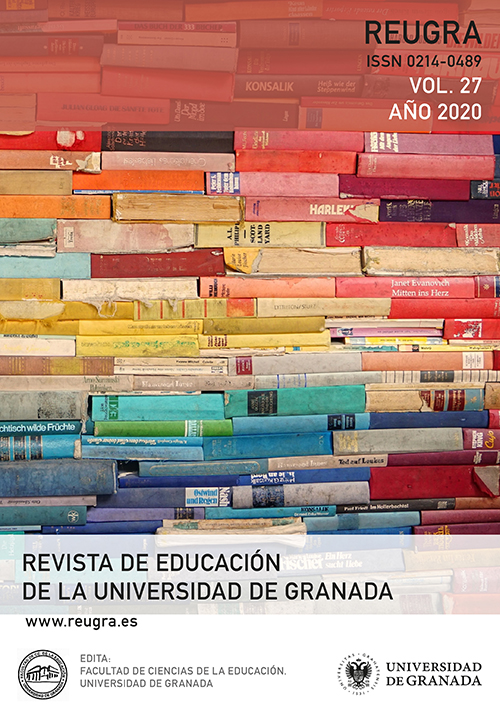La integración de L1 en las clases de L2: El caso del árabe como lengua extranjera en las universidades de los Estados Unidos
Contenido principal del artículo
Resumen
Durante muchos años, docentes y especialistas de lengua árabe en escuelas americanas de educación superior han debatido sobre dos preguntas pedagógicas: (1) si las variedades no estandarizadas de árabe, el árabe hablado, deberían ser integradas con el Árabe Estandarizado Moderno (MSA) en las clases de árabe como lengua extranjera, y si así fuera, (2) cómo debería realizarse esa integración (ver Al-Batal, 2017). Una de las afirmaciones más destacadas a favor del MSA en el aula de clase es que el MSA es la variante más prestigiosa de la lengua y, en consecuencia, la que mejor representa las tradiciones religiosas, la cultura y la literatura Árabe (Ryding, 1995:226). Sin embargo, en las últimas dos décadas ha habido una evolución en la tendencia pedagógica que apunta a romper esa barrera de separación entre estas variantes y se defiende una nueva visión que integre ambas variantes en la clase de árabe (Al-Batal, 2017b). Uno de los principales argumentos a favor de esta tendencia es que refleja los cambios sociolingüísticos que están teniendo lugar en los países que hablan árabe y, por esa razón, responde mejor a las necesidades de aprendizaje de los estudiantes. En este estudio, me propongo desarrollar este argumento y defender una enseñanza flexible que permita usar tanto las variedades del árabe hablado como la L1 de los estudiantes en las aulas de árabe como L2. El objetivo de este estudio es validar los hallazgos de las investigaciones previas en las cuales fue encontrado que la L1 es un recurso y una herramienta importante con la cual se generan competencias en la clase de la L2. Utilizando la L1, específicamente inglés, junto al árabe hablado en la clase de árabe como L2, se reflejan las dinámicas sociolingüísticas del mundo árabe donde el inglés es una lengua global y ampliamente utilizada tanto en línea como en el día a día de las conversaciones en árabe.
Este estudio sugiere un modelo basado en el enfoque comunicativo el cual se centra en activar el vocabulario y generar el dominio del árabe hablado con la ayuda de la lengua L1.



